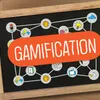Conversations and gamification – CII Global Summit showcases business communication for knowledge work
In this article on CII’s Knowledge Summit, we share author insights on organisational learning via games and sensemaking conversations.
Storytelling, conversations, and gamification have emerged as effective ways of promoting organisational behaviours like knowledge sharing. Along with process and technology approaches, they strengthen organisational learning capacities, as discussed in the upcoming CII Global Knowledge Summit.
As media partner for the Global Knowledge Summit, see YourStory’s coverage of the editions from 2021, 2020, and 2019, and sessions takeaways from the Bangalore K-Community meetups.
An expert in conversational leadership and techniques like Knowledge Cafes, David Gurteen curates a global learning community of over 22,000 people in 160 countries. He has 30 years of industry experience across organisational learning, knowledge management (KM) and innovation. He is editor of the book Leading Issues in Social Knowledge Management.
Michael Sutton is Chief Game-Based Learning Officer and Chief Knowledge Officer, Funification. He is the co-author (with Kevin Allen) of Emotify! The Power of the Human Element in Game-Based Learning, Serious Games and Experiential Education.
Both authors are speaking on business communication at CII’s annual Global Knowledge Summit being held online on April 8-9 this week. The theme of the 16th edition of the summit is Transforming Knowledge Management for Hybrid Learning and Hybrid Workplaces.
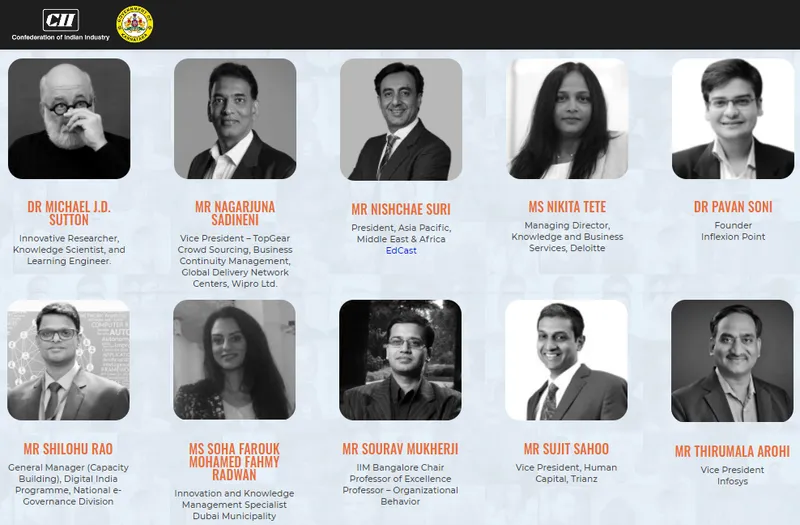
Conversational leadership and KM
“Conversational leadership is about appreciating the extraordinary but underutilised power of conversation,” David Gurteen explains, in a chat with YourStory. This calls for a new mindset, skillset, and toolset for designing, convening, and holding conversations, especially strategic ones.
Creative conversations can help us challenge one another, identify biases, fill up blind spots, and enable breakthroughs in the face of ambiguity. This helps create situational awareness and make key decisions, he adds.
“A strategic conversation is one that has the potential to influence the future direction of an individual, an organisation, a community, society, or the world,” David defines. It plays a key role at many levels of KM.
“The capacity to hold meaningful, quality, impactful conversations is a core KM capability,” David affirms.
He also cites the work of authors like Nancy Dixon, who charts three eras of KM in terms of knowledge leveraged: explicit knowledge, experiential knowledge, and collective knowledge. These types of knowledge are connected and mutually reinforcing.
“My view on the structure and evolution of KM divides it into four levels,” David explains. Activities in these levels are information management; knowledge sharing; sensemaking, decision making and innovation; and agency and communityship.
Many organisations focus largely on content management, along with ML (Level 1). Peer learning and communities of practice are less about IT and more about people and conversations (Level 2).
“Most companies’ KM initiatives stop at these two levels. However, it is important to go beyond knowledge sharing to actually understand and help each other. This is where group conversational tools such as Knowledge Cafés help,” David explains.
Such sensemaking conversations help decision making (Level 3). “Unfortunately, not many organisations engage well at this level. KM should be about not just knowing more but understanding better,” David advises.
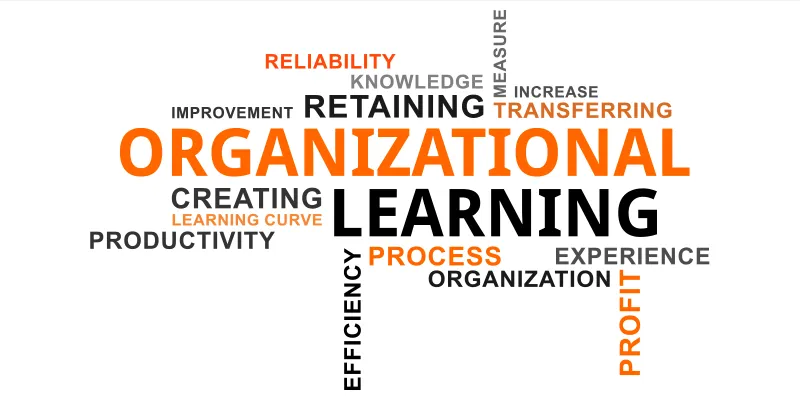
Ultimately, this should lead to actions and behaviour change that act in the interests of the broader community (Level 4). “Knowledge is not power, but the ability to act on it and influence change is power. Many people in a company do not have the ability to act on such knowledge,” David explains.
The word ‘communityship’ was coined by Henry Mintzberg, and refers to empowerment of all community members to act – not just the leaders.
“This KM level is not so much about technology, sharing, or sensemaking. It’s more about human psychology and behaviours,” David emphasises. Empathy and connection lead to better actions, which is particularly important in a complex, fast-changing and hyper-connected world.
In the bigger global scheme, conversations can help move towards understanding and peace, he argues. He traces the roots of KM not back to 1991 but over 50,000 years earlier with the evolution of spoken language, the so-called “cultural big bang.” This sped up the transfer of knowledge across generations – further accelerated by the rise of farming, urban life, the scientific and industrial movements, and the digital age.
The earlier tribal models and today’s socio-technical systems are co-existing, David explains, citing the work of Ted Cadsby. Forces of polarisation and cooperation also co-exist, but short-term interests must be balanced with long-term thinking, he advises.
“Conversation can help move towards tolerance and harmony. If we can't talk with each other, we will continue to see each other as enemies and fight,” David cautions. This calls for a willingness to reflect on, examine and change beliefs.
“Be prepared to talk to people with whom you disagree. Show respect for each other and each other's ideas. Be ready to learn how to have impossible conversations,” David advises.
The big game is now Societal Knowledge Management, and overcoming the barriers to dialogue and action by asking powerful questions and engaging people.
“In a world of increasing uncertainty and unpredictability, no single leader or individual can know everything or be smart enough alone to address the challenges that face us. The most important thing we need to do before making a decision is to make better sense of the situation,” David explains.
“The only way we can do this is by minimising our individual cognitive biases through conversation – so-called collective sense-making or conversational sense-making,” David sums up.
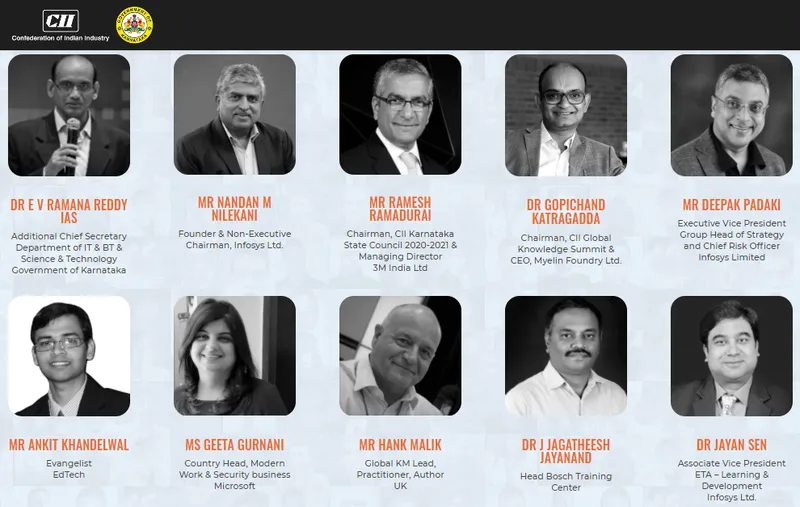
Gamification in business and society
In addition to storytelling and conversations, other techniques like gamification can strengthen behaviours of sharing knowledge. Playing digital games has already been shown to contribute to cognitive development.
“Consequently, borrowing game mechanics and elements and applying them to organisational learning processes, such as game-based learning, provides opportunities for gamified knowledge sharing practices,” Michael Sutton explains.
At the 2019 edition of the Global Knowledge Summit, speakers shared several gamification examples from L&T, French Postal Service, Marriott Hotel, and Google. They span recruitment, employee performance, and broader social engagement. Game elements include points, rules, challenge levels, badges, and the like, according to Rudolph D'Souza, Chief Knowledge Officer of Afcons Infrastructure.
A number of methods exist to match appropriate game mechanics with target specific behaviours and motivations. While KM tends to focus a lot on codification of knowledge, more focus should be on human motivation and the behaviour of individuals to willingly share knowledge, according to Michael.
As an example of knowledge mobilisation and gamification, he cites the Bird Island Exercise created by Nick Milton and his team at Knoco.com (downloadable PDF here). The simulation activity demonstrates three separate KM processes within a two-hour period.
In the activity, groups of participants take supplied materials to build a tall but stable tower. Lessons learnt are applied to build another tower, with different constraints – thus coming up with a series of best practices and strengthening the experience of knowledge sharing.
“The game exhibits the experiential traits of capturing and sharing knowledge, storing it as a knowledge asset, improving team performance, continuous innovation, and design evolution,” Michael explains.
Gamificaton can also be used in larger social contexts. Michael cites three notable examples of gamification in action in education, healthcare and environmentally-friendly behaviours.
As cited in a Monitor Deloitte study, an app called mySugr helped in monitoring blood sugar levels to manage diabetes. A point collection system helped diabetes patients set and reach personal targets.
A three-month study showed that testing frequency improved, blood sugar levels dropped, and most patients adhered to the application. Costs were covered by the Austrian Social Insurance Authority for Commerce and Industry.
A study published in the Journal of Information Systems Education addressed the impact of a coin-based gamified classroom environment. Students could earn and spend coins as a form of classroom currency, depending on certain desired behaviours.
For example, coins could be spent for things like an assignment or take-home exam due date extension. Survey-based results reflected better classroom enjoyment, student participation, perceived control, and classroom performance.
A Mashable article showed how a startup helped gamify recycling activities for a greener world. The Recyclebank Ecosystem rewards the consumer with points for taking online and offline green actions, with a leaderboard for community comparisons.
Points are earned for activities like unplugging appliances, choosing greener products, pledging to take shorter showers, and making green travel decisions such as carpooling and taking public transportation. Recyclebank is currently active in more than 300 communities across the US.
It has partnered with sustainable consumer goods company Preserve, resulting in the collection of tonnes of plastic containers of yoghurt, hummus, and cottage cheese at Whole Foods markets across the country. Yoghurt cartons are converted into toothbrushes, which are sold at retailers.
As emerging trends and examples in the field, Michael points to gamification in employee onboarding, virtual-reality based learning, and political organisations.
Onboarding is an expensive element of new employee hires. Success and failure for the new hire hinges upon 3-8 weeks of ramped up learning and socialisation within the workplace. Michael cites studies that showed that 54 percent of new hires were more productive because of gamified onboarding.
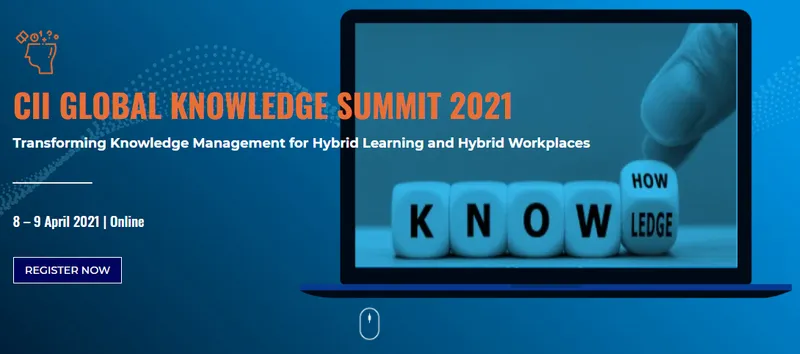
“Another trend is virtual-reality based learning (VRBL) and its use in educational institutions,” Michael observes. The institutions are beginning to understand how VRBL can have a significant impact on the enjoyment of education and learning.
However, VRBL is not a significant contributor to fact-based retention or focus. Institutions need to surpass challenges and create the opportunity for increased benefits of gamified educational content, Michael advises.
Gamification also has potential in political organisations. “Extrinsic motivational design thrives on the use of rewards and incentive. Intrinsic motivational design makes tasks enjoyable and rewarding,” he explains. Political organisations may initially be hesitant to use these tools, but will find very quick payback in manipulating populations to respond to their bidding.
Michael also offers tips and advice for businesses on gamification. “Build emotional intelligence (EI) skills through coaching and mentoring in your leadership and teams, and entrepreneurship upskilling of all your staff and managers,” he advises.
“Emotional intelligence is THE critical success factor for a strong organisational culture,” Michael sums up.
Edited by Saheli Sen Gupta



